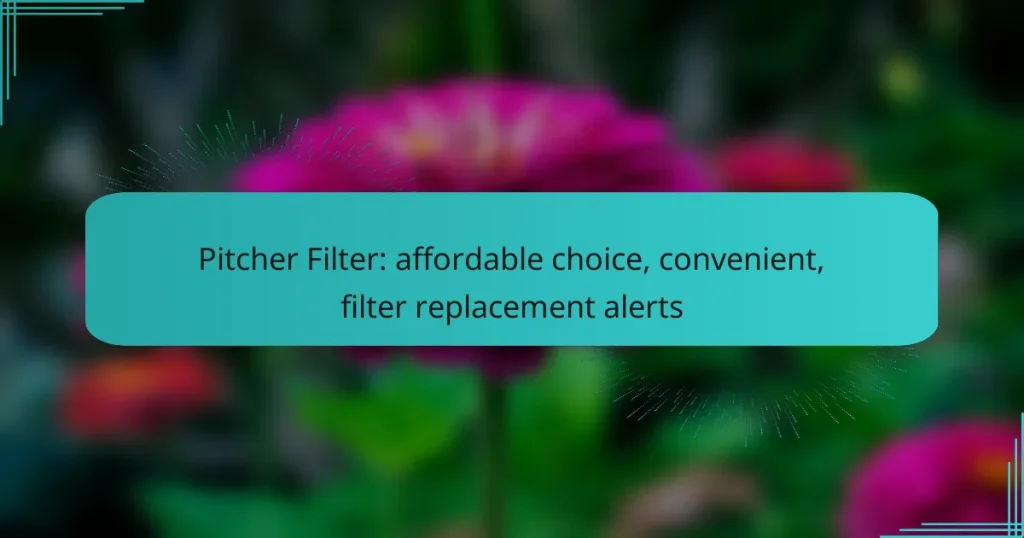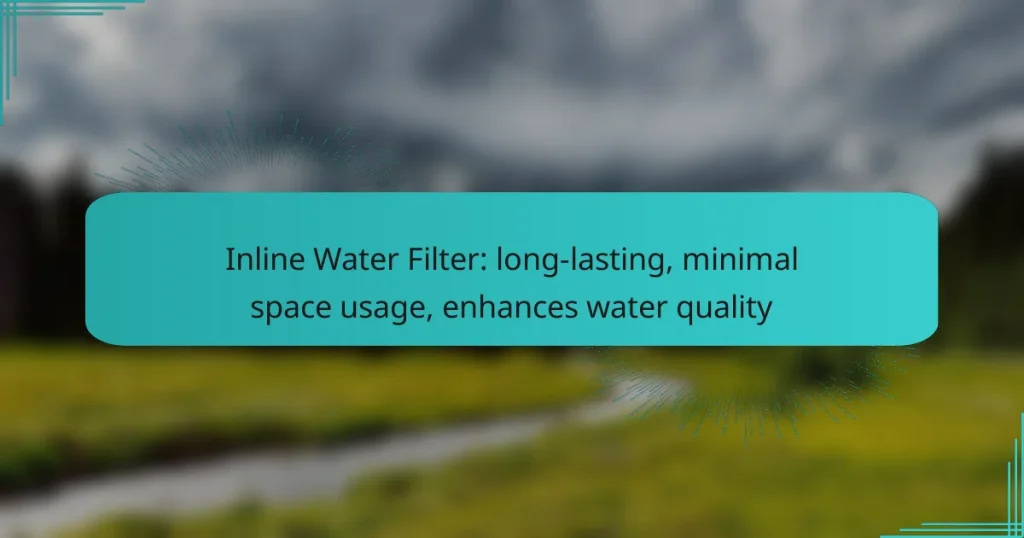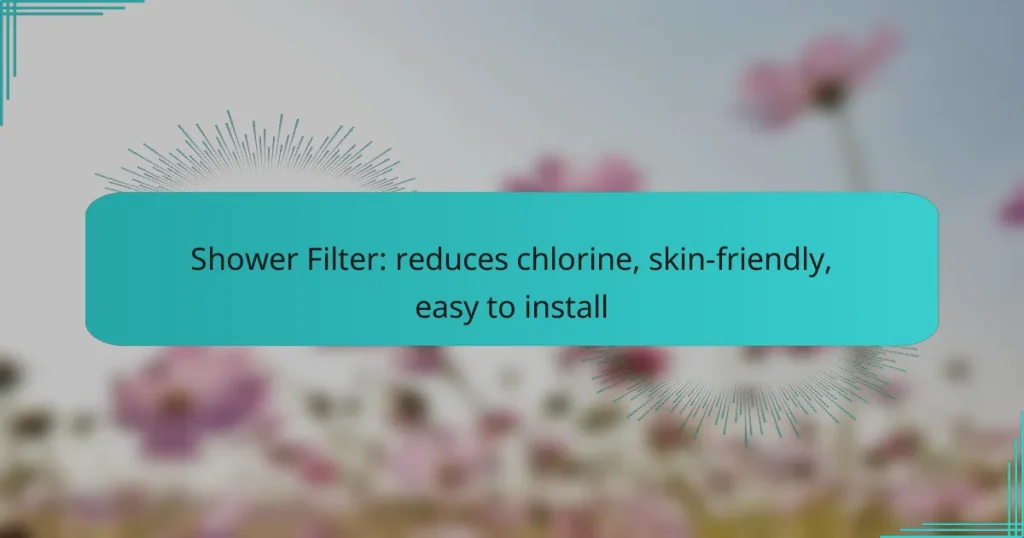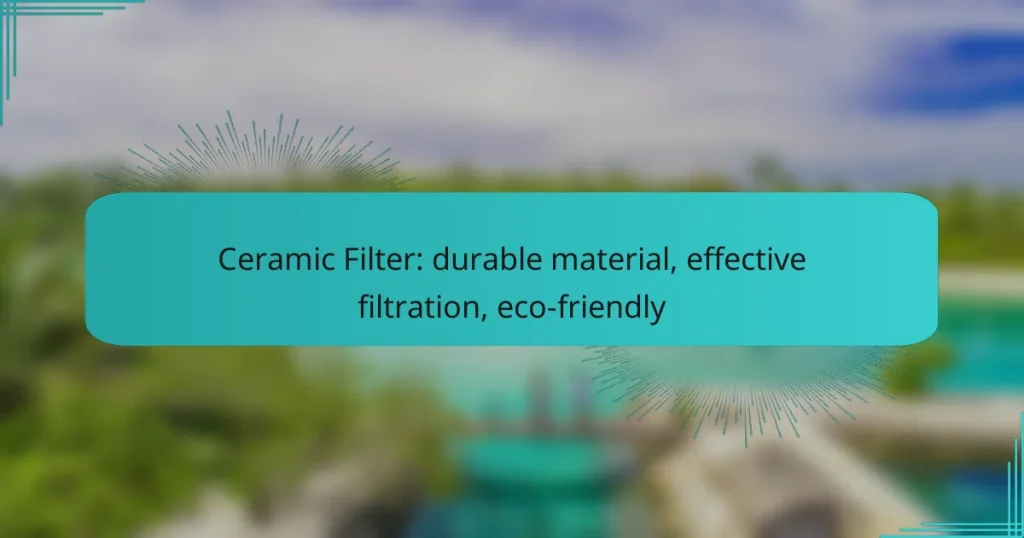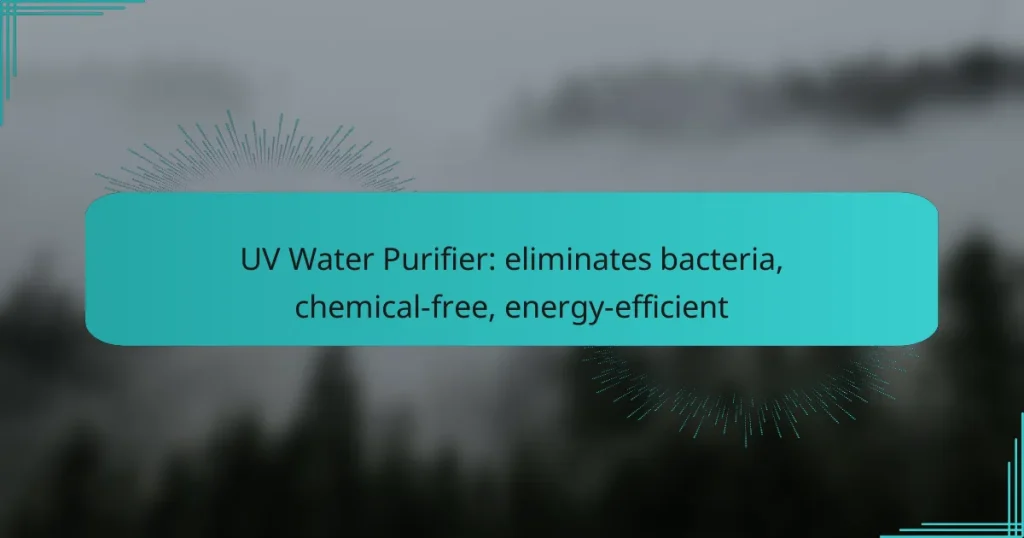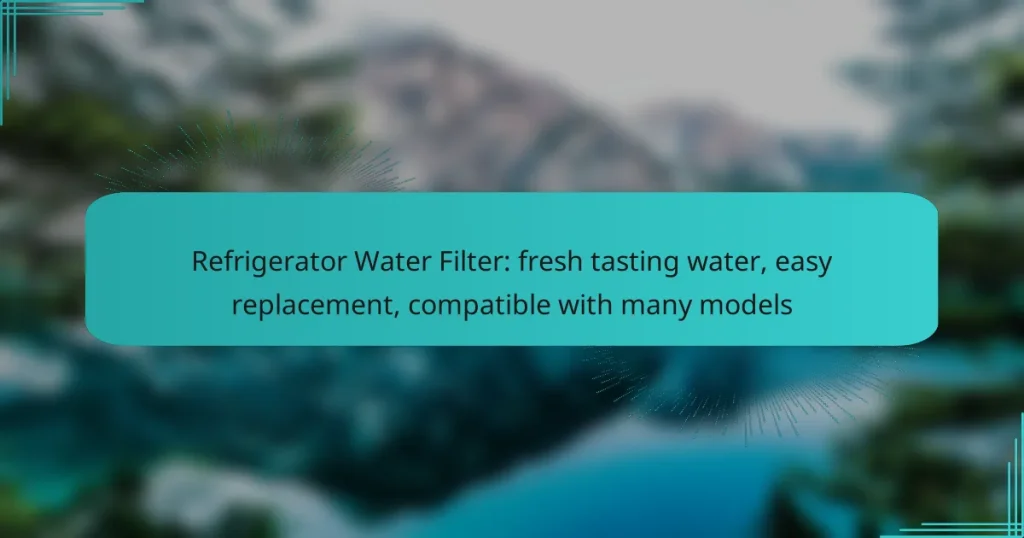Water filtration systems offer a range of benefits, including enhanced taste and odor, the elimination of harmful contaminants, and the provision of healthier drinking water. By utilizing various filtration methods, these systems ensure that water is clean and safe for consumption while also promoting cost savings on bottled water and reducing environmental impact.
Water Distiller: removes impurities, high purity level, simple operation
Pitcher Filter: affordable choice, convenient, filter replacement alerts
Inline Water Filter: long-lasting, minimal space usage, enhances water quality
Shower Filter: reduces chlorine, skin-friendly, easy to install
Ceramic Filter: durable material, effective filtration, eco-friendly
Water Softener: reduces hardness, prevents scale buildup, improves appliance life
UV Water Purifier: eliminates bacteria, chemical-free, energy-efficient
Activated Carbon Filter: removes chlorine, improves taste, easy installation
Refrigerator Water Filter: fresh tasting water, easy replacement, compatible with many models
What are the benefits of water filtration systems?
Water filtration systems provide numerous advantages, including improved taste and odor, removal of harmful contaminants, and healthier drinking water. These systems can also lead to cost savings on bottled water and help reduce environmental impact.
Improved taste and odor
One of the most immediate benefits of water filtration systems is the enhancement of taste and odor. Many municipal water supplies contain chlorine or other chemicals that can affect flavor. Filtration systems can effectively remove these substances, resulting in fresher, cleaner-tasting water.
For instance, activated carbon filters are particularly effective at eliminating unpleasant tastes and odors, making drinking water more enjoyable.
Removal of contaminants
Water filtration systems are designed to remove a variety of contaminants that may be present in tap water. These can include heavy metals, pesticides, and bacteria, which can pose health risks. Different filtration methods, such as reverse osmosis and UV purification, target specific contaminants effectively.
Homeowners should consider the specific contaminants in their local water supply to choose the most suitable filtration system. Regular testing of water can help identify which pollutants need to be addressed.
Healthier drinking water
Using a water filtration system results in healthier drinking water by reducing exposure to harmful substances. For example, lead and other heavy metals can have serious health implications, especially for children. Filtration systems can significantly lower these risks.
Additionally, filtered water often retains essential minerals, providing a balance between safety and taste. This makes it a preferable choice for daily hydration.
Cost savings on bottled water
Investing in a water filtration system can lead to significant cost savings compared to purchasing bottled water. Bottled water can be expensive, with prices often exceeding several dollars per gallon. In contrast, filtered tap water costs just a fraction of that.
Over time, the initial investment in a filtration system can pay for itself, especially for families that consume large quantities of water. This makes it a financially savvy choice.
Environmental impact reduction
Water filtration systems contribute to environmental sustainability by reducing reliance on bottled water. The production and disposal of plastic bottles create substantial waste and pollution. By filtering tap water, households can minimize their plastic footprint.
Moreover, many filtration systems are designed to be long-lasting and energy-efficient, further decreasing their environmental impact. Choosing a filtration system is a proactive step towards a more sustainable lifestyle.
How do water filtration systems work?
Water filtration systems work by removing impurities and contaminants from water to improve its quality and safety. They utilize various methods to target different types of pollutants, ensuring that the water is clean and suitable for consumption.
Physical filtration methods
Physical filtration methods involve the use of physical barriers to separate particles from water. Common techniques include sediment filters, which capture larger particles like sand and silt, and activated carbon filters, which can remove smaller impurities and improve taste.
These systems often use mesh screens or porous materials to trap contaminants. When selecting a physical filtration system, consider the size of the particles you need to filter out and the flow rate of the system to ensure adequate water supply.
Chemical filtration processes
Chemical filtration processes utilize chemical reactions to remove contaminants from water. This includes methods like ion exchange, where harmful ions are swapped for less harmful ones, and the use of activated carbon to adsorb chemicals and impurities.
When choosing a chemical filtration system, be aware of the specific contaminants you want to target, such as chlorine or heavy metals. Regular maintenance is crucial, as the effectiveness of chemical filters can diminish over time.
Biological filtration techniques
Biological filtration techniques rely on microorganisms to break down organic matter and pollutants in water. These systems often include biofilters, where beneficial bacteria thrive and help purify the water by consuming harmful substances.
Implementing biological filtration can be particularly effective in systems that treat wastewater or aquaculture. Ensure that the environment supports the growth of these microorganisms, as factors like temperature and pH can significantly impact their efficiency.
What types of water filtration systems are available in the UK?
In the UK, several types of water filtration systems cater to different needs and preferences. The most common options include activated carbon filters, reverse osmosis systems, UV water purifiers, and whole house filtration systems, each offering unique benefits and functionalities.
Activated carbon filters
Activated carbon filters are popular for their ability to improve taste and remove chlorine, sediment, and volatile organic compounds (VOCs) from water. They work by adsorbing impurities onto the surface of the carbon granules, making them effective for household use.
When selecting an activated carbon filter, consider the type of contaminants you want to remove. These filters are typically easy to install and maintain, but they may need replacement every few months, depending on usage and water quality.
Reverse osmosis systems
Reverse osmosis (RO) systems are highly effective at removing a wide range of contaminants, including heavy metals, salts, and microorganisms. They use a semi-permeable membrane to filter out impurities, providing clean drinking water.
While RO systems can be more expensive and require professional installation, they are ideal for areas with hard water or significant contamination. Regular maintenance is necessary to ensure the membrane remains effective, and filters should be replaced annually.
UV water purifiers
UV water purifiers use ultraviolet light to kill bacteria, viruses, and other pathogens, making them a reliable choice for ensuring microbiologically safe water. This method does not alter the taste or chemical composition of the water.
These systems are often used in conjunction with other filtration methods, as they do not remove chemical contaminants. UV purifiers require a power source and periodic bulb replacement, typically every 12 months, to maintain effectiveness.
Whole house filtration systems
Whole house filtration systems are designed to filter all the water entering a home, providing clean water for drinking, bathing, and cleaning. These systems can include various filtration methods, such as activated carbon and sediment filters, to address multiple contaminants.
Investing in a whole house system can be beneficial for families concerned about water quality throughout their home. Installation can be complex, and upfront costs are higher, but they offer long-term savings and convenience by reducing the need for multiple point-of-use filters.
How to choose the right water filtration system?
Choosing the right water filtration system depends on your specific water quality, filtration needs, and budget. Assessing these factors will help you select a system that effectively meets your requirements.
Assessing water quality
Start by testing your water to identify contaminants. Common tests include checking for chlorine, lead, bacteria, and hardness. Many local health departments offer testing services, or you can purchase a home testing kit for a few dollars.
Understanding your water quality will guide you in selecting a filtration system that targets specific impurities. For example, if your water has high levels of chlorine, a carbon filter may be effective, while a reverse osmosis system is better for lead removal.
Understanding filtration needs
Consider how much filtered water you need daily. If you have a large household, a whole-house filtration system might be necessary, while a point-of-use filter can suffice for smaller needs. Evaluate your usage patterns to determine the right capacity.
Additionally, think about the types of contaminants you want to remove. Some systems are designed for specific pollutants, while others offer broader filtration. Knowing your priorities will help narrow down your options.
Comparing system costs
Water filtration systems vary widely in price, from low-cost pitcher filters to more expensive whole-house systems. Basic filters can start around $20, while advanced systems may range from a few hundred to several thousand dollars.
When comparing costs, factor in installation and maintenance expenses. Some systems require professional installation, while others are DIY-friendly. Regular filter replacements can also add to long-term costs, so consider these when budgeting.
What are the maintenance requirements for water filtration systems?
Water filtration systems require regular maintenance to ensure optimal performance and longevity. This includes routine checks, filter replacements, and occasional cleaning of components.
Regular Filter Replacement
One of the most critical maintenance tasks is replacing filters at recommended intervals, typically every 6 to 12 months, depending on usage and water quality. Neglecting this can lead to reduced filtration efficiency and potential contamination.
For example, a household using a water filter for drinking and cooking may need to change filters more frequently than one used solely for irrigation. Always refer to the manufacturer’s guidelines for specific replacement schedules.
System Cleaning
Cleaning the filtration system is essential to prevent buildup of contaminants and maintain water quality. This can involve rinsing or scrubbing components like pre-filters and membranes, depending on the system type.
Generally, a thorough cleaning every 6 months is advisable, but this may vary based on local water conditions. For instance, areas with high sediment levels may require more frequent cleaning.
Monitoring Water Quality
Regularly testing the water quality can help identify when maintenance is needed. Home testing kits can measure parameters such as pH, chlorine levels, and total dissolved solids (TDS).
Monitoring water quality ensures that the filtration system is functioning correctly and helps in determining the right time for filter changes or system cleaning. Aim for testing every few months, especially if you notice changes in taste or clarity.


